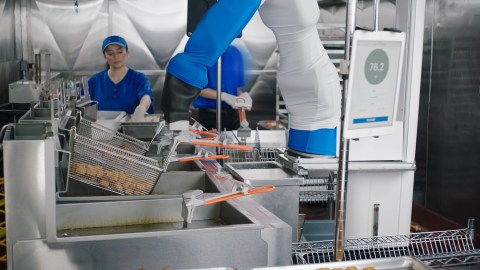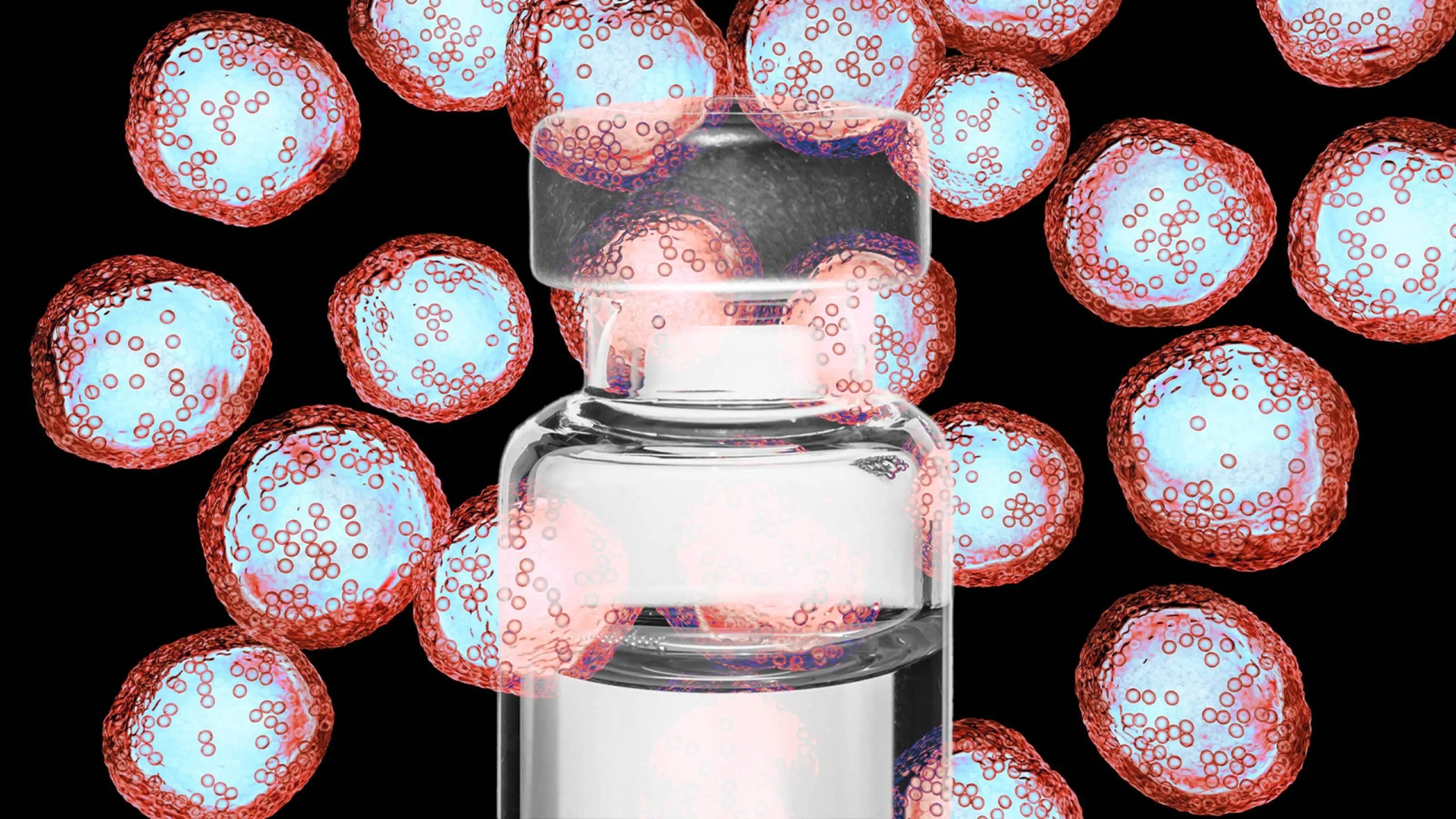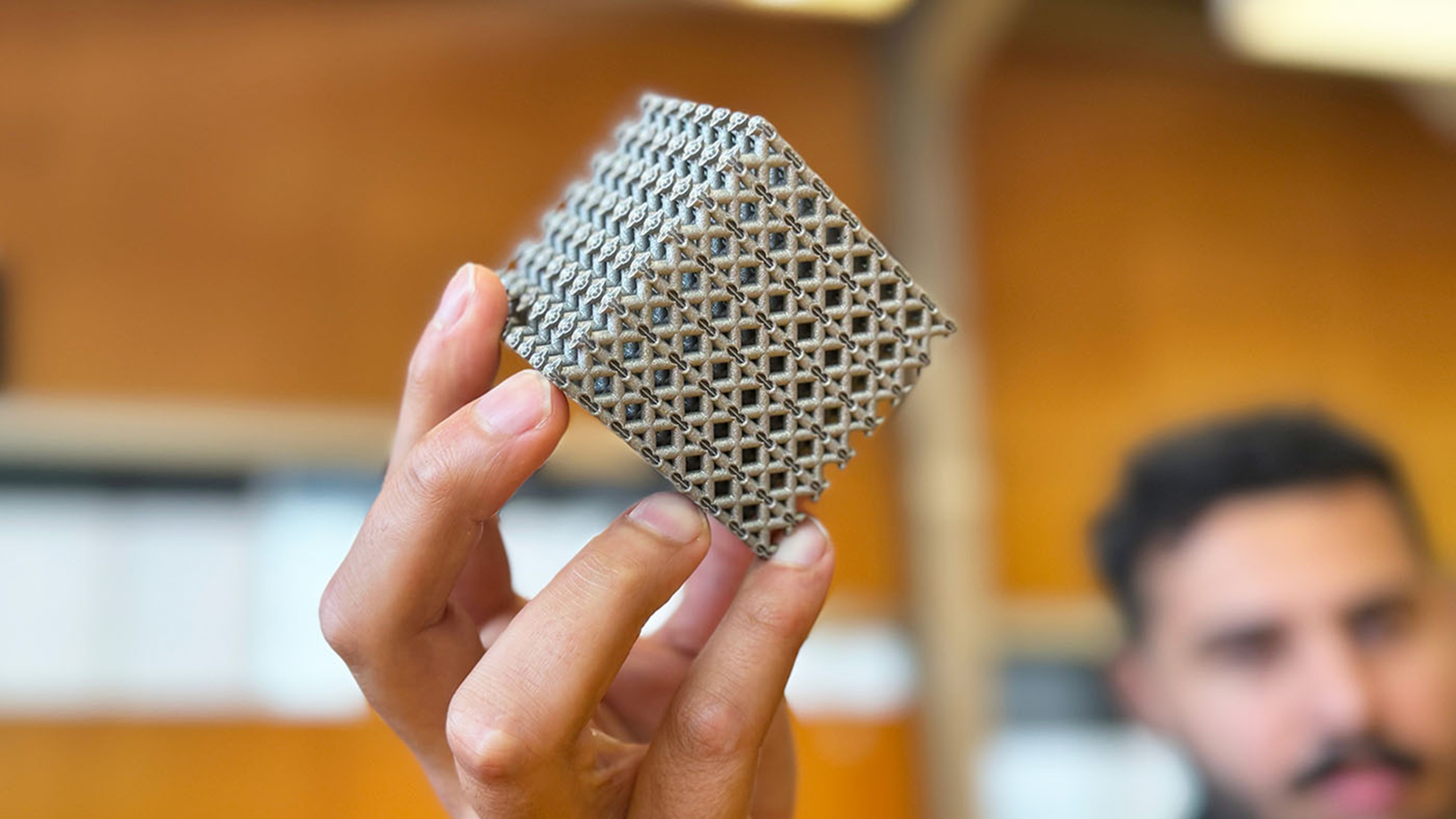AI and robotics are revolutionizing restaurant kitchens—here’s how you can invest

Credit: Courtesy of Miso Robotics
- Quick service restaurants are facing growing labor, food, and real estate costs.
- Miso Robotics is working with these restaurants to lower labor costs via automation.
- Miso Robotics has already produced over 60,000 pounds of food with its revolutionary technology.
AI is being used for far more than just self-driving cars and Siri; it’s playing a pivotal role in the future of the restaurant industry. Quick service restaurants (QSRs) are among the most popular eating establishments around. However, they operate on incredibly lean margins and are being confronted by rapidly increasing labor, food, and real estate costs.
Needless to say, QSRs could use a hand—and that’s where AI comes into the picture.
Miso Robotics created Flippy, the world’s first autonomous kitchen assistant. Designed with commercial kitchens in mind, Flippy has already cooked over 60,000 pounds of food and is in use at CaliBurger locations in Florida, as well as at stadiums servicing the Los Angeles Dodgers and Arizona Diamondbacks. White Castle, America’s first fast food hamburger chain, has also partnered with Miso Robotics to develop, pilot, and undertake a beta of rollout of Miso Robotics’ Flippy for White Castle’s North American restaurants.
Flippy can work a grill or fryer, cooks food to perfection consistently, and can even work collaboratively with staff. In short, Flippy is a game-changer for QSRs looking to automate and cut costs.
Flippy is only the beginning for Miso Robotics, which has over a dozen patents pending in proprietary machines, learning and robotics, and control software. The company aims to make an impact in the $70.3 billion QSR market and is currently working on an overhead rail system that will cut production costs by 50 percent and leave no real estate footprint.
It’s not too late to invest in Miso Robotics and the AI-powered future it’s creating.
Miso Robotics has raised over $14.6 million so far, and the company’s raises have been led by Wavemaker, an early-stage venture capital firm with over $335 million in assets. Wavemaker’s past investments and exits include Blue Bottle Coffee, MindBody, and Clutter.
You can learn more about investing in Miso Robotics with SeedInvest here. With minimum investments as low as $500, SeedInvest makes diversifying your portfolio easy.
Sponsored by Miso Robotics.





